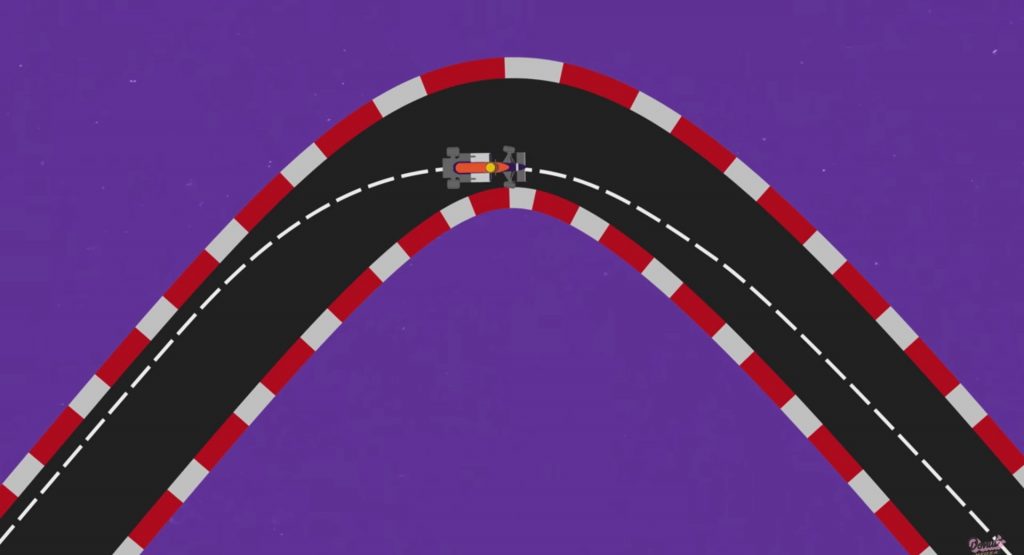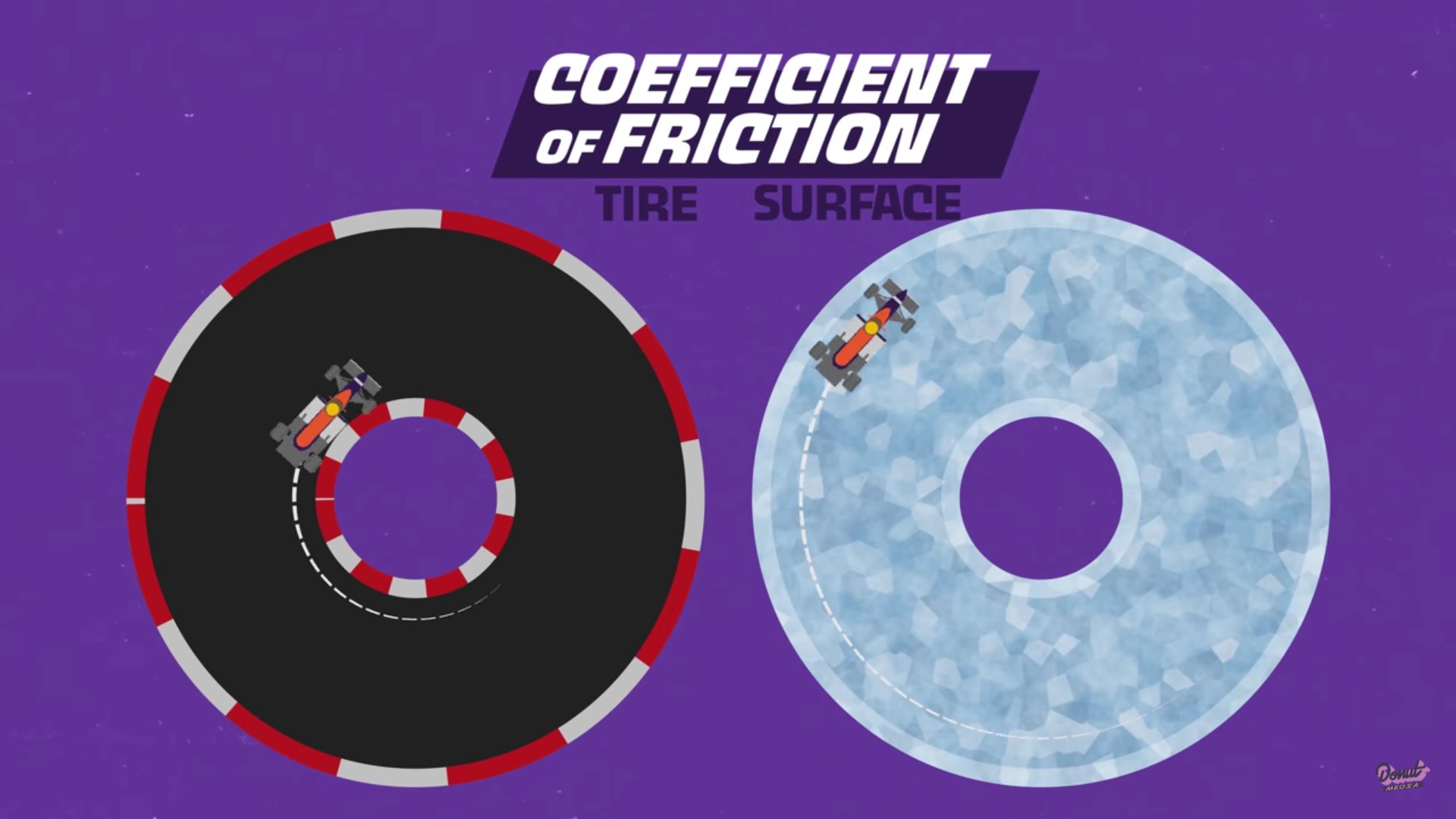One of the first lessons for aspiring racing drivers is the racing line. The out-in-out line is as old as track times and the simple logic behind is good enough to get you started on your way up the timing charts.
There are, however, wrinkles that the best drivers can exploit to go faster and Donut media is here to explore them.
First, a quick primer on what the racing line actually does. If you imagine a corner as part of a circle, the out-in-out line essentially makes that circle as big as possible. That’s important because it gives your car’s grip the best chance of overcoming the inertia that is trying to push it wide. In theory, the racing line allows you to carry the most speed through a corner.
Read Also: Does The $1.8M Zenvo TSR-S’s Flapping Wing Actually Work? Does It Matter?
That theoretical racing line is what physicists call a “toy model.” Essentially, it’s the simplest possible way to express a concept and ignores a lot of the complexities of what’s going on in reality. You can see why that might be a useful tool for teaching a novice, but if you want to go deeper, you have to put on a bigger thinking cap.
First of all, many corners on a race track (if not most) don’t describe a simple arc. There are increasing radius turns, decreasing radius turns, the much-feared double apex, the chicane, and more. That complicates things significantly and means that the simple out-in-out racing line doesn’t always work best.
Then there’s the assumption that grip is a constant, which, unfortunately, is untrue. The car is a changing, shifting, thing that’s constantly gaining and losing grip.
There are also complicating factors in the form of other drivers, tire conservation, and the peculiarities of individual cars that mean that getting the most out of the car doesn’t always mean carrying the most speed through the apex.
As is often the case with real life, there are countless moving pieces and complications, but balancing them is what separates the quick drivers from the champions.









